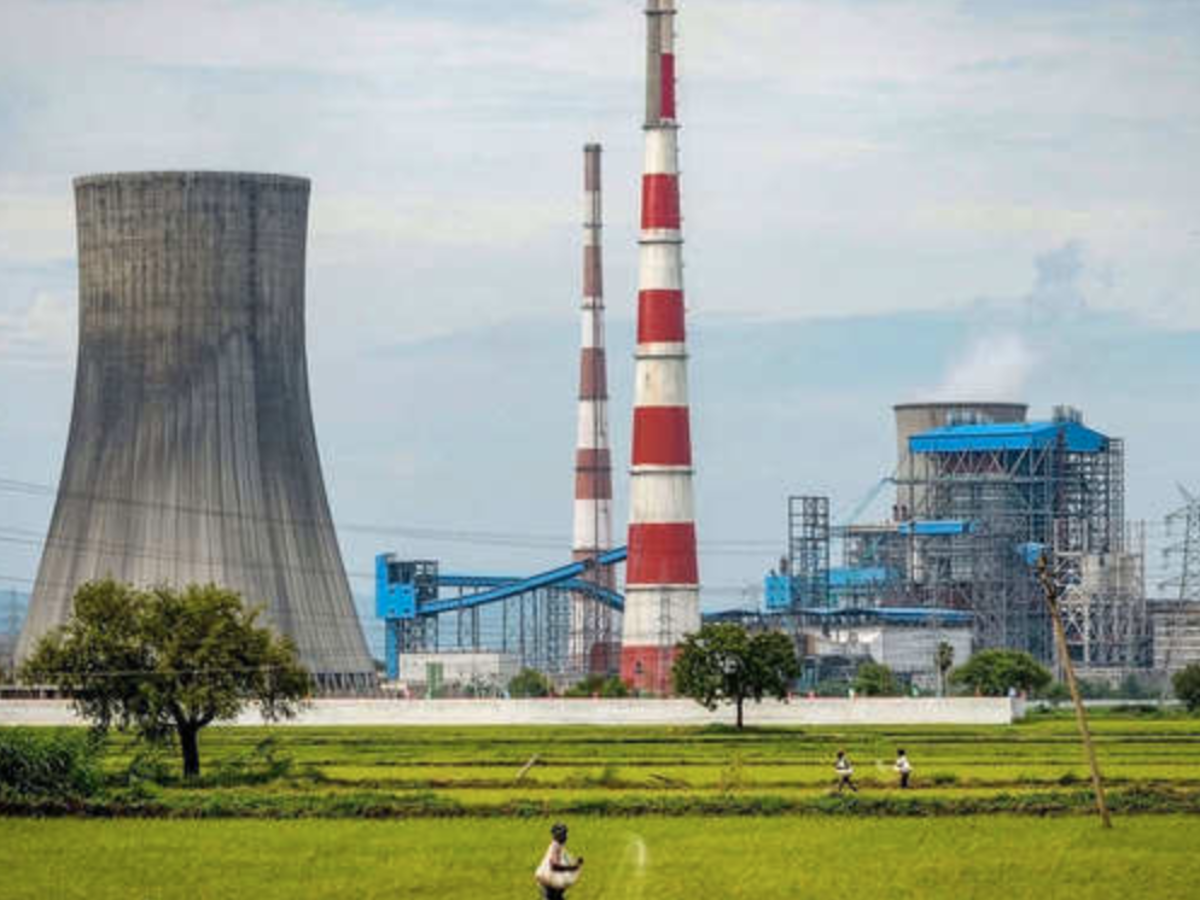CEMENT
We help cement producers become more effective at reducing emissions
We help cement producers become more effective at reducing emissions
Kiln Cooler ESP, 3 Field;
The emission readings with the existing controllers at the time of one field short was 168.10mg/nm3 with WHRS ON and 196.77 mg/nm3 with WHRS off condition.
*These readings are taken by the offline samplings at stack.
The Union Ministry of Environment, Forest and Climate Change (MoEF&CC) introduced the new pollution norms, but the Indian cement industry, which accounts for the world’s second largest production of cement, is still struggling to meet the norms, the deadline for which was 31st March 2017.
This is when the norms have been relaxed in accordance with various consultations with members from the Cement Manufacturing Association and regulators. The new pollution limits were notified on 9th and 10th May 2016 with the condition the cement plants will comply with them by 31st March 2017. From 50-150 (mg/Nm3), the new norms reduced the limit for particulate matter (PM) emissions to 30 mg/Nm3.
*This limit depends upon the age and location of the plant.
Rating of the power supply panel : I/P 415 V/198 A & O/P 80kV/900mA
Understand existing emissions performance, reduce emissions of all unwanted pollutants, meet the local emission limits, provide comprehensive emission report.
As per the Deutch’s efficiency formula η = 1− e (−ω .(A⁄Q )) ; Where Q is the volumetric gas flow, A is the total projected collecting electrode area and ω is the effective particle velocity.
The migration velocity is dependent on the displacement of electric field and is, defined as: 𝜔 = 𝐾. 𝐸0 . 𝐸𝐶. 𝑎 2
Whereby, E0 is the charging electric field and EC is the collection electric field, K is a constant and a, is the particle radius.
the charging and collection occur simultaneously, thus; E0 = EC
Hence, the particle migration velocity can be, expressed as: ω = K. E 2 . a 2
The relationship between the electric field and the migration velocity highlights the fact that, the removal and retention of dust burden is directly dependent on the corona ionization and the electric field strength. The velocity of a charged particle moving through an electric field is proportional to the applied voltage. Thus, high levels of electrical energization need to be, maintained in order improve the collection efficiency of the system.
Ador’s Vedika High Frequency power supply (HFPS) specifically designed to improve the collection efficiency of electrostatic precipitators.
By replacing the first and second field of cooler ESP with Ador make HFPS (High Frequency Power Supply) Panel
The HFPS is fed from the three phase mains. The input voltage is rectified and supplied to a transistor bridge configuration. The transistors are turned on and off in a sequence so that a high frequency voltage is applied to the transformer primary. The secondary of the transformer is rectified and connected to the ESP bus section we got the below result.
After replacing the first and second panel with the Ador make HFPS panel and keeping the third field as it is the emission was reduced to 57.09mg/Nm3 with WHRS OFF condition and 34.83 mg/Nm3 with WHRS ON Condition.
Ador Powertron Limited
Paper & Pulp
Paper plant recovery Boiler ESP
- This state of art technology is installed in nearly all paper plants in india •
- IPPM
- West Coast Paper Mill
- Kuantum Paper
- Satia Paper
- Century Pulp and Paper
- Orient Paper

Power
- NTPC DADRI CLOSING SLIDE
Steel
HFPS INSTALLED IN SINTER ESP IN STEEL PLANT
- MAJOR CUSTOMER Installed the HFPS in there sinter plant and achieved emission reduction like
- TATA Steel
- JINDAL Steel
- BHUSHAN Steel

